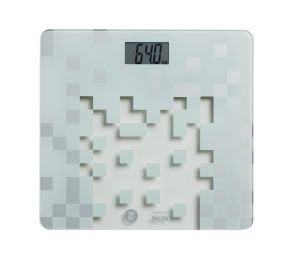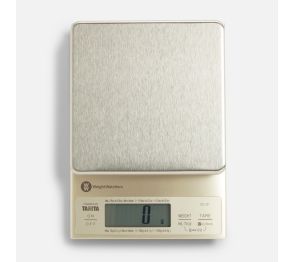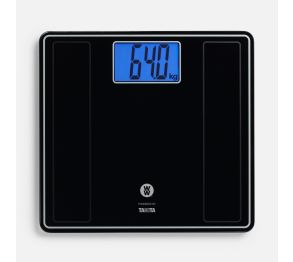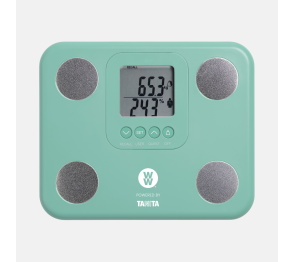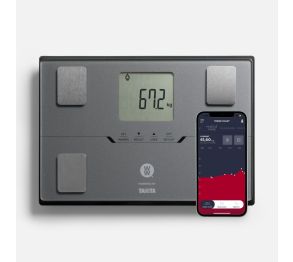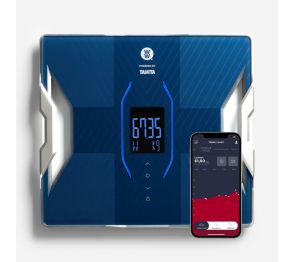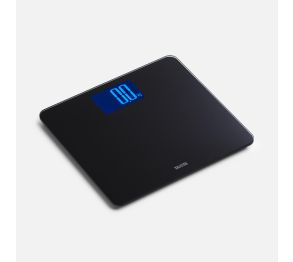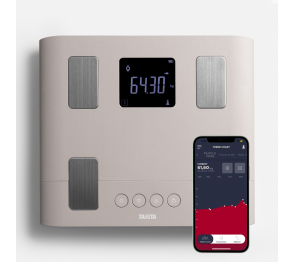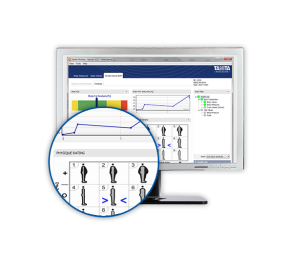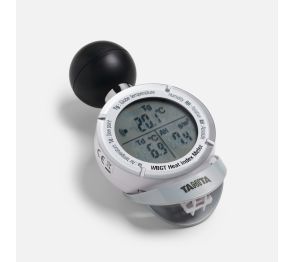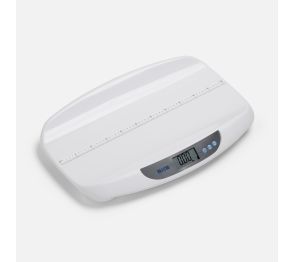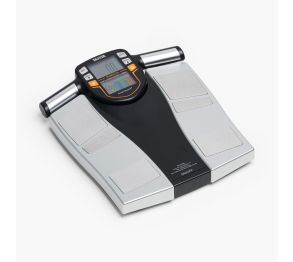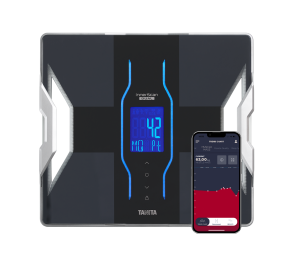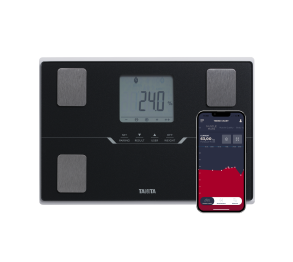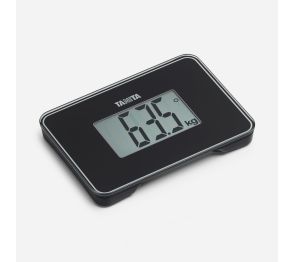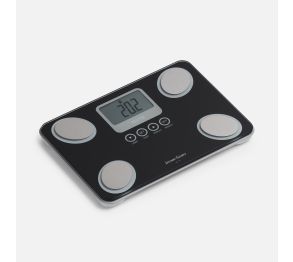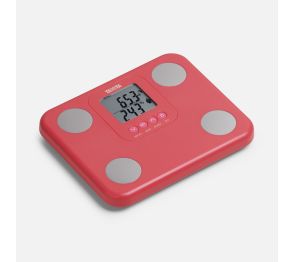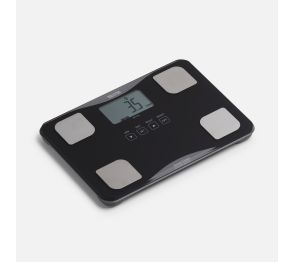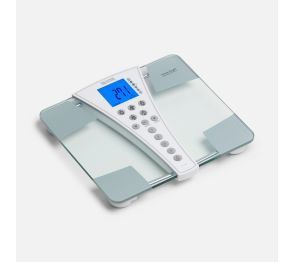Sarcopenia – is muscle atrophy inevitable for older adults?
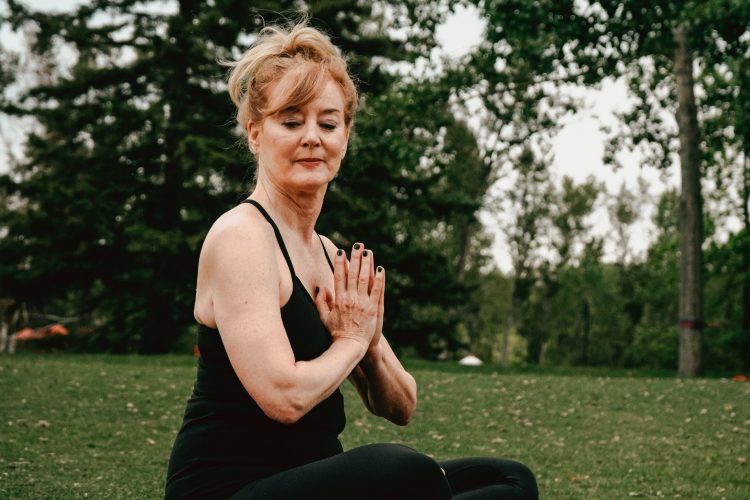

As we age, the size and strength of our muscles may decrease or ‘atrophy’, and this is known as sarcopenia. But, do we have to just accept it, or can we maintain our muscle mass, despite aging?
Why is exercise and maintaining muscle mass important for older adults?
In our recent blog post Skeletal muscle: what is it and how can you improve it? we looked at how muscles support overall health and wellness, providing us with our fuel to move which in turn, means that we are able to keep moving in the way we want to, whatever our age. As we get older, this virtuous circle can go into reverse; if muscle mass decreases, we have less strength for exercise and movement and therefore we take less exercise, and our ability to move decreases. Monitoring and maintaining a good level of muscle throughout our lives therefore, puts us in a good position to prevent the negative effects of muscle loss in older age. The activity undertaken to maintain muscle health will also have other benefits, such as helping to maintain bone health and avoid osteoporosis, maintaining appetite and providing opportunities for social interaction, so the benefits of taking action to maintain muscle health can be very wide ranging.
How can I maintain my muscle health throughout aging?
The UK government recommends that people over the age of 65 should do some physical activity every day and activities to improve strength, balance and flexibility at least twice a week. Strength exercises should be done to a point where you need a short rest before repeating the activity. There are a wide range of strength maintaining exercises that you might want to consider including in your fitness programme, for example:
- exercising with resistance bands
- controlled movement such as yoga, Pilates and tai chi
- exercises which use your own body weight such as sit ups, and
- every day activities such as carrying shopping bags or gardening can also count!
Talk to a personal trainer or your doctor about a programme which will meet your specific needs and for more information about exercise for older adults visit the Live Well pages of the NHS UK website.
Monitor your muscle mass and your metabolic age
Accurate information about your health will mean you are best placed to maintain it and your Tanita body composition monitor will give you a measurement of your muscle mass and some monitors will give you a muscle quality score as well. They also give you a very useful metabolic age score which is worked out by comparing the rate you burn calories with the average for people of the same age. Understanding your scores and monitoring them over time will make sure that you can see any changes which are outside the normal range or which mark a definite change for you. If you have this information, you can take steps to increase or vary your exercise, talk to a fitness professional about your training plan, and look at ways to maintain your energy levels as you are aging. We hope that you now have a clearer view of sarcopenia and what you can do about it. Enjoy maintaining and improving your fitness in 2020 and we look forward to hearing how you are getting on.
-
- BC-718Out of stock





